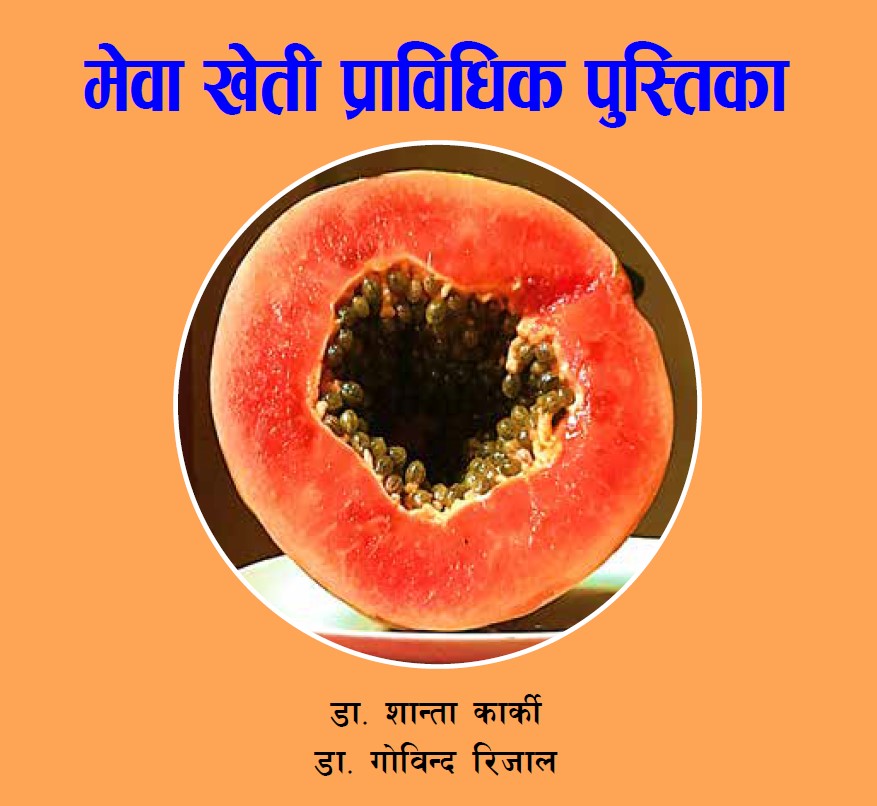Proanthocyanidins (PAs) are natural plant antioxidants, whose radical scavenging activities (RSA) degrade harmful free radicals. In the current study, PA contents were analyzed in 52 soybean [Glycine max (L) Merril] landraces having different seed coat colors. PA was extracted by HCl-Butanol method; RSA was determined by 2, 2-diphenyl-1-picrylhydrazyl (DPPH) radical scavenging method and quantified using spectrophotometer. Soybean cultivar KaiFengKuoZhuangqingDou had the highest PA content, 946 ABS.ml g -1 , followed by Peking, 860 ABS.ml g -1 . Both the cultivars had black seed coats. Chasengoku 81Go had the highest PA content (485 ABS.ml g -1) among the landraces with brown seed coat color. In landraces with green seed coats, PA content ranged from 1 to 6 ABS.ml g -1 . In landraces with yellow seed coats PA content ranged from 0 to 10 ABS.ml g -1 . The RSA was directly proportional to PA content with a high correlation coefficient (r 2 = 0.9724), so PA content contributed highly to RSA. Reasons for these wide variations in PA content and RSA within the same colored landraces are discussed. In soybean [Glycine max (L) Merril], proanthocyanidins (PAs) are secondary plant metabolites, which play crucial role in interacting with diverse environmental conditions they are exposed to (Harborne and Williams, 2000), in protecting the plants from various types of abiotic and biotic stresses (Dixon et al., 2005) and during early developmental stages (Taylor and Grotewold, 2005). As the demand of soybean for food, feed and commercial product is increasing continuously, its benefit as a natural source of antioxidants is looked into with a great interest. Experimental results have shown that PA possesses health-conferring benefits (Ross and Kasum, 2002; Scalbert et al., 2005; Schijlen et al., 2004), which have increased the focus and research on PA. Soybean rich in PA provide healthy food for humans and feed for livestock. PAs present in the fodder leaves bind to the leaf protein in the rumen of herbivores and retard rapid protein digestion by rumen organisms, thus PA prevents pasture blots in animals and increases absorption of amino acids (Tanner et al., 1994). The increasing awareness of PA as a health promoter adds to the increasing demand for soybean. Thus PA rich soybean varieties can be important source of antioxidants to people and livestocks.





